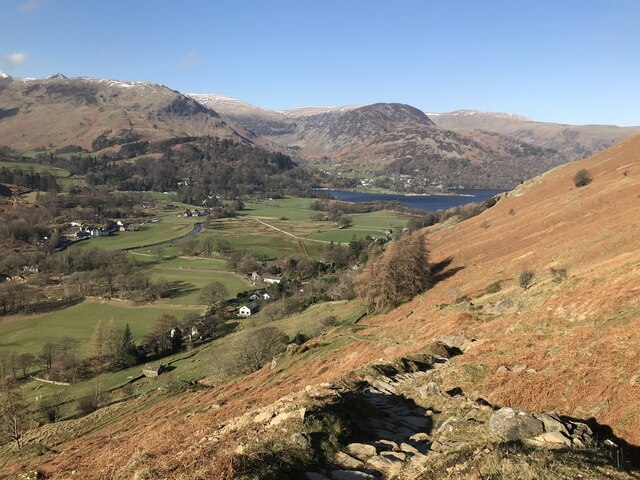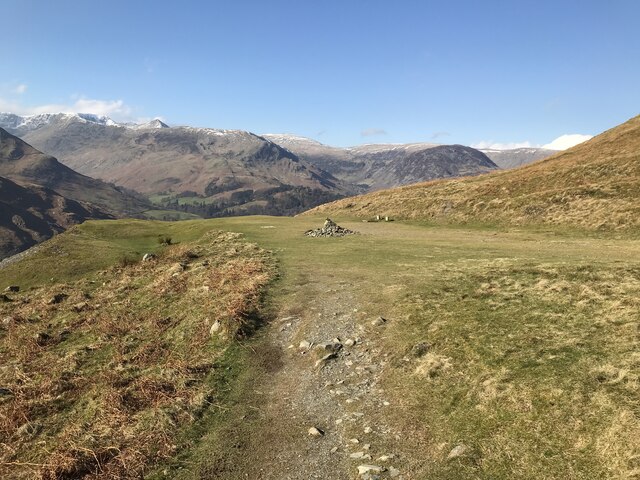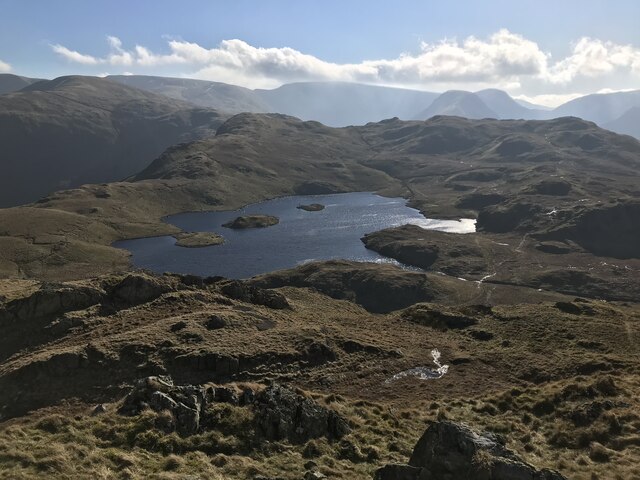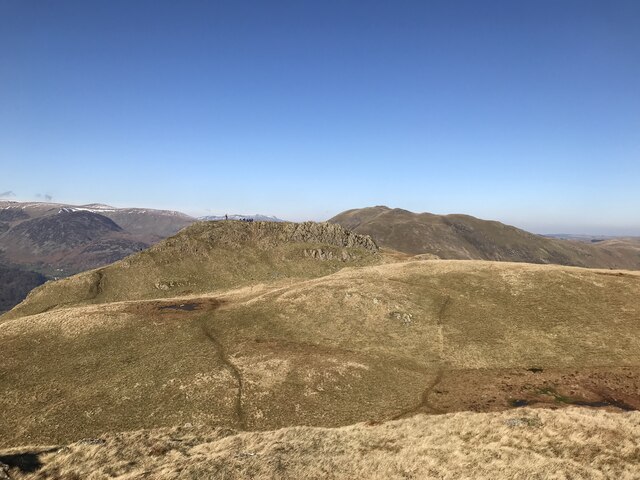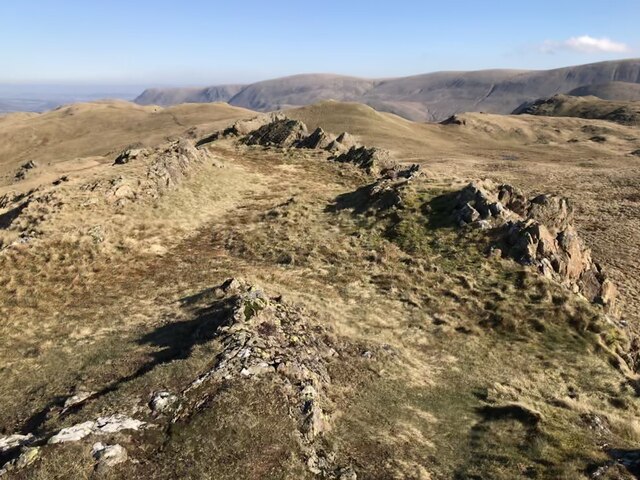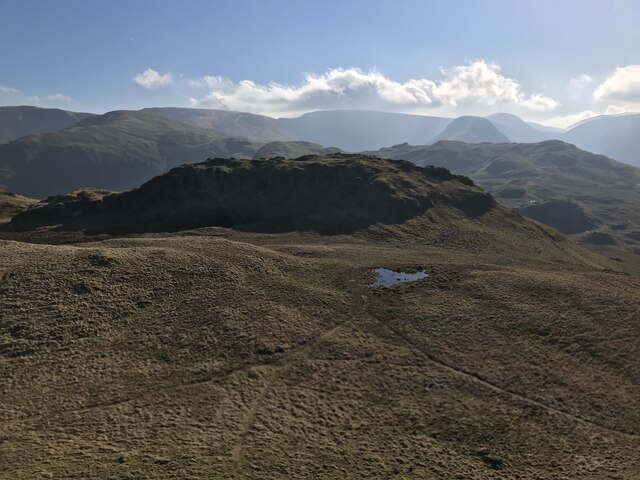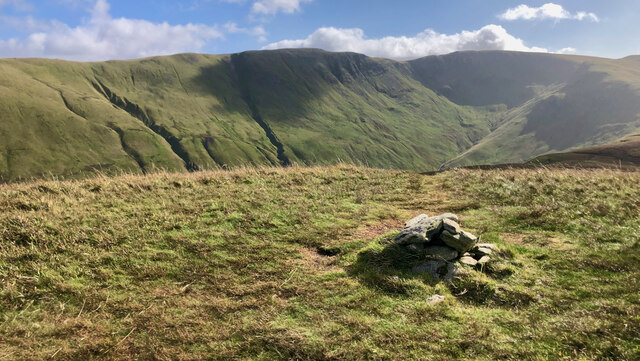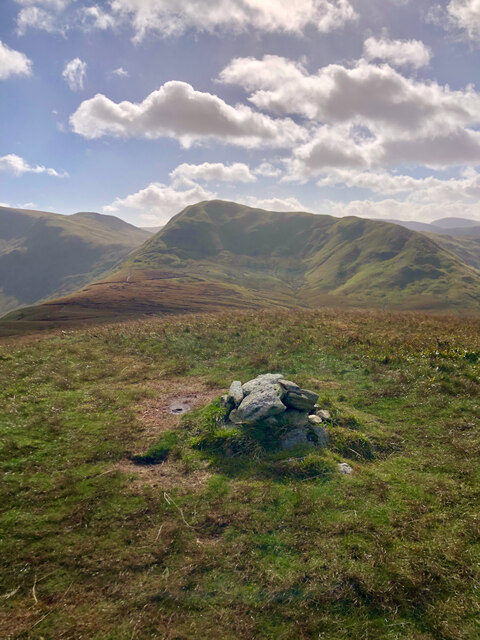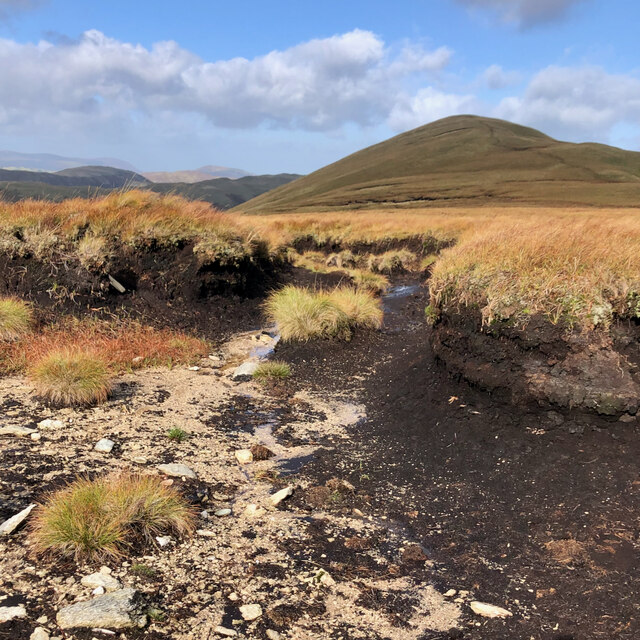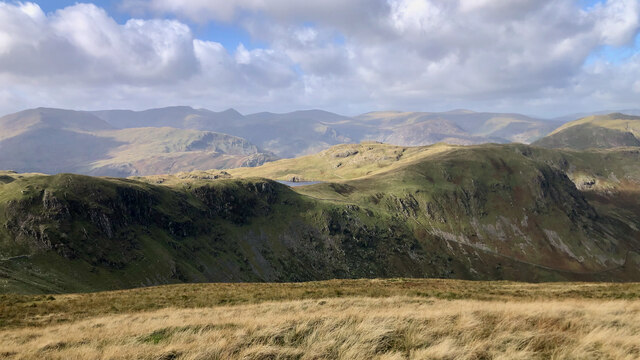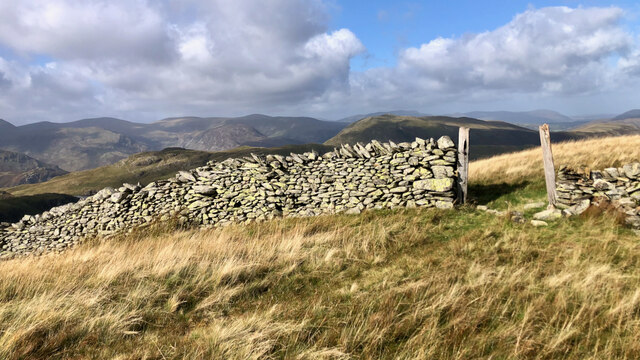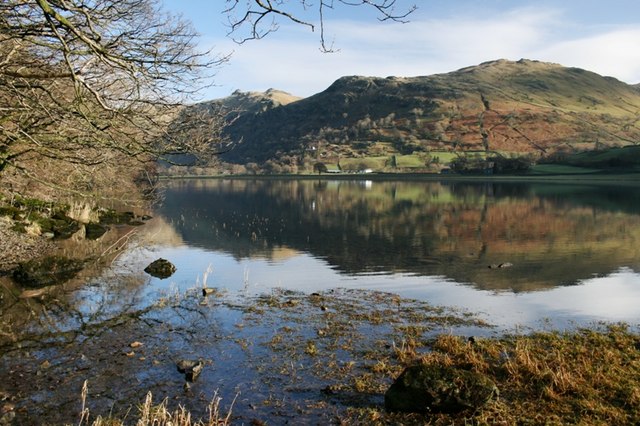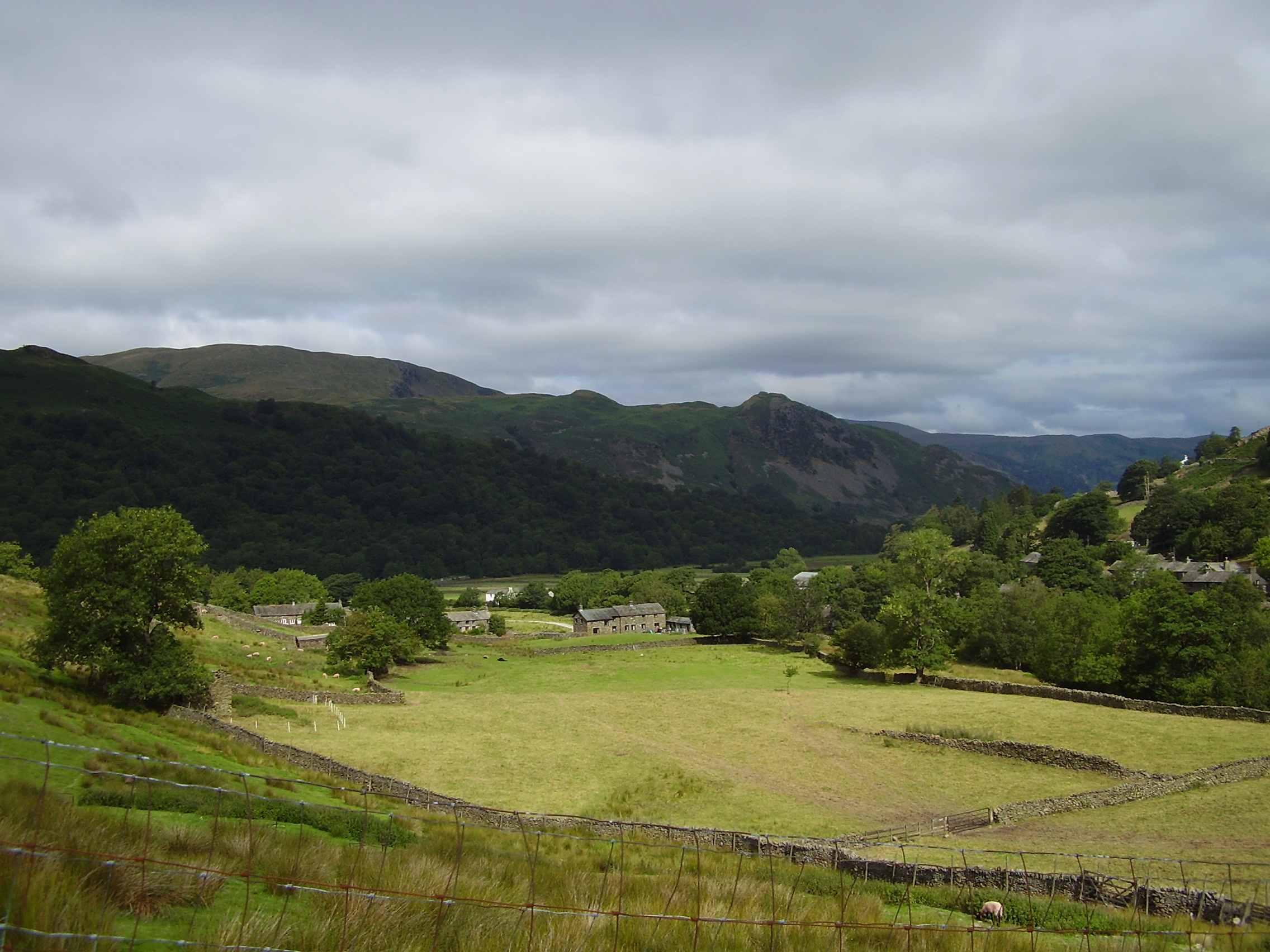Angle Tarn
Lake, Pool, Pond, Freshwater Marsh in Westmorland Eden
England
Angle Tarn
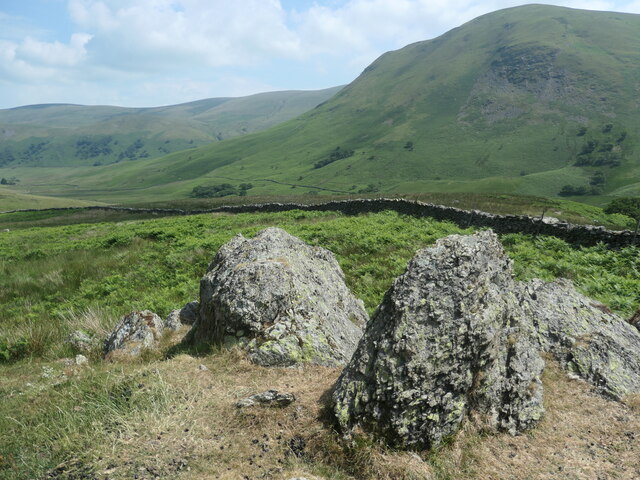
Angle Tarn, located in Westmorland, is a picturesque freshwater lake nestled in the stunning Lake District National Park in Cumbria, England. Situated at an elevation of around 475 meters (1558 feet), this natural beauty is a popular destination for outdoor enthusiasts and nature lovers.
Spanning an area of approximately 5.5 hectares (13.5 acres), Angle Tarn is surrounded by rolling hills and craggy peaks, providing a breathtaking backdrop for visitors. The tarn is fed by several small streams and springs, ensuring a constant flow of crystal-clear freshwater. Its depth varies across the lake, reaching up to 10 meters (33 feet) in some areas.
The tranquil waters of Angle Tarn are home to various species of fish, including trout, which attract anglers seeking a peaceful fishing experience. The lake’s pristine environment also supports a diverse range of aquatic plants, such as water lilies and reeds, which provide shelter and food for local wildlife.
Around the tarn, visitors can explore the enchanting woodlands, which are home to a variety of flora and fauna. The surrounding area is a haven for birdwatchers, with species such as golden eagles, peregrine falcons, and redstarts frequently spotted.
Angle Tarn offers a range of recreational activities, including hiking, picnicking, and camping. There are numerous walking trails that cater to different skill levels, allowing visitors to immerse themselves in the natural beauty of the Lake District.
Overall, Angle Tarn is a hidden gem in Westmorland, offering a serene and idyllic setting for outdoor enthusiasts to enjoy the beauty of nature and immerse themselves in the tranquility of the Lake District National Park.
If you have any feedback on the listing, please let us know in the comments section below.
Angle Tarn Images
Images are sourced within 2km of 54.521448/-2.902272 or Grid Reference NY4114. Thanks to Geograph Open Source API. All images are credited.
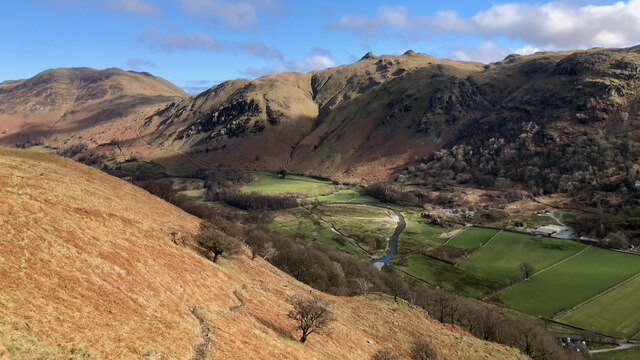
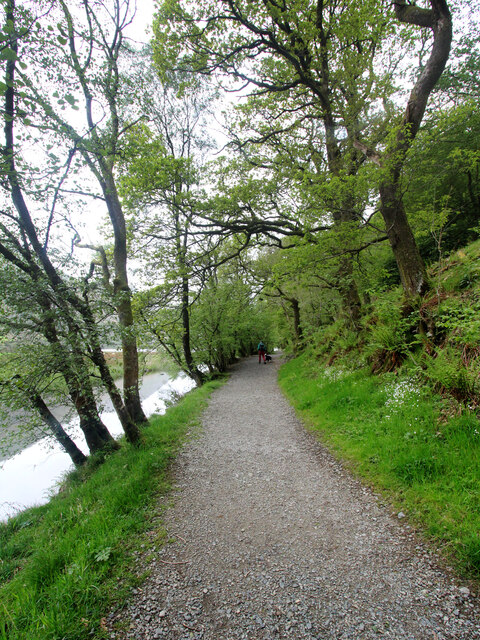
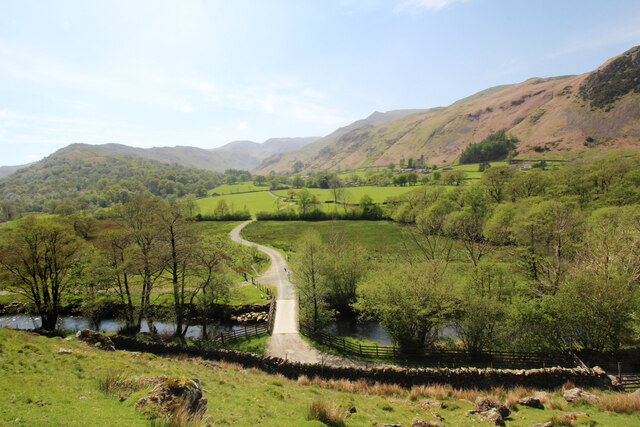
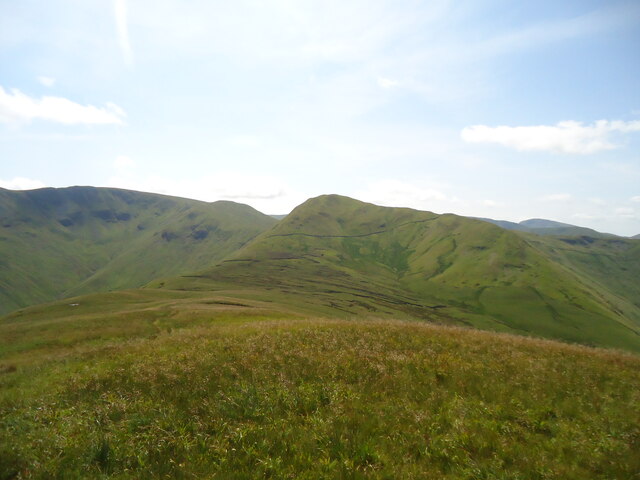
Angle Tarn is located at Grid Ref: NY4114 (Lat: 54.521448, Lng: -2.902272)
Administrative County: Cumbria
District: Eden
Police Authority: Cumbria
What 3 Words
///flush.wages.decay. Near Ambleside, Cumbria
Nearby Locations
Related Wikis
Related Videos
Coast to Coast: Solo Hiking Across the Country - Day 6 (4K)
Join me on Patreon! https://www.patreon.com/TinyPineOutdoors Day 6 of solo hiking the Coast to Coast, I left the Patterdale YHA ...
The Nab #63
Not a particularly aesthetically pleasing walk as it goes back on itself to avoid trespass in Martindale Deer Forest.
High Raise #39
A good high level walk taking in six Wainwright's https://jimearl6.com/a-high-street-round/#more-6448 A good walk to do on a ...
Nearby Amenities
Located within 500m of 54.521448,-2.902272Have you been to Angle Tarn?
Leave your review of Angle Tarn below (or comments, questions and feedback).
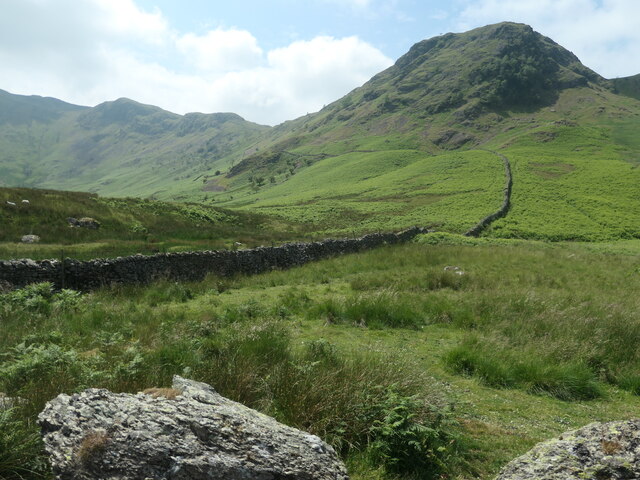
![Red deer, below Bedafell Knott, Bannerdale 300 metres away, but well aware of me. Red deer are more usually seen on the east [Nab] side of Bannerdale.](https://s3.geograph.org.uk/geophotos/06/91/67/6916723_c7298698.jpg)
